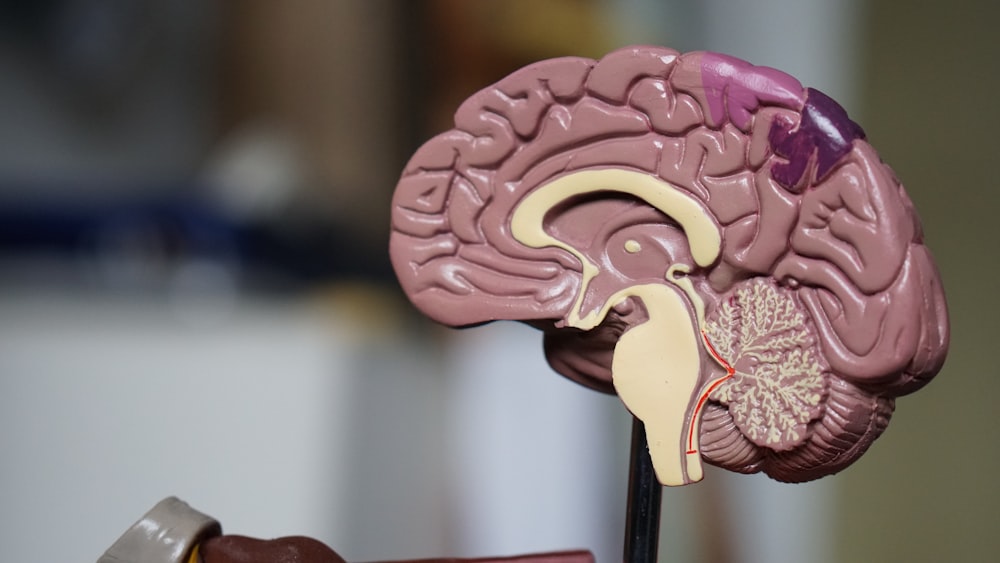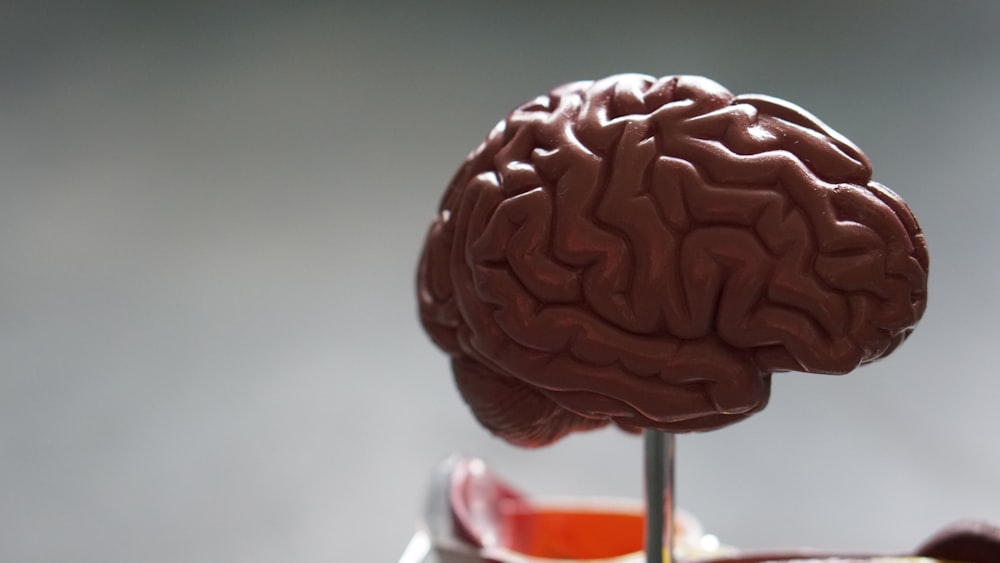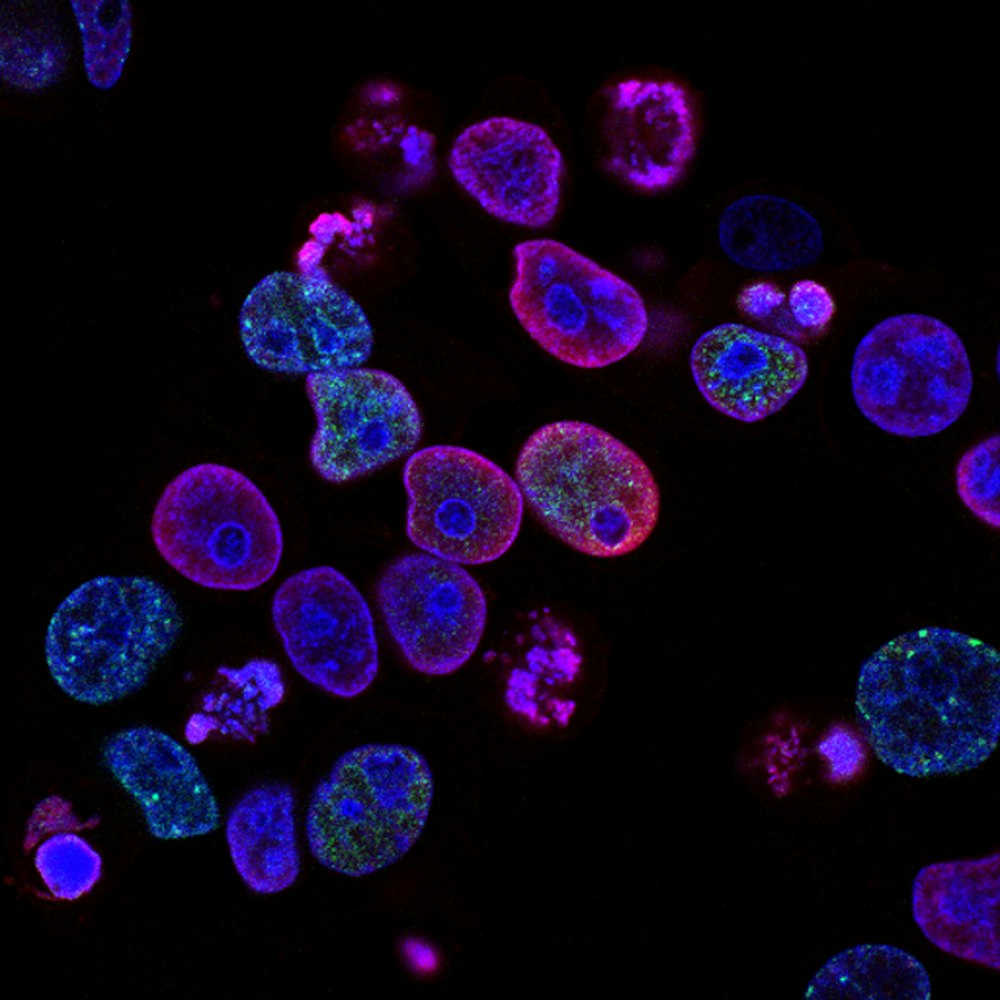Introduction: The Ultimate Connection
Imagine for a moment that a sudden fright—a near-miss car accident—makes your heart race, your palms sweat, and leaves you with a heightened awareness of danger for hours afterward.
This common experience represents more than just a psychological scare; it's a vivid demonstration of an intricate biological conversation happening within you—a dialogue between your mind, your nervous system, your hormones, and your immune cells. This conversation forms the basis of a revolutionary scientific field called psychoneuroimmunoendocrinology (PNIE), a discipline that explores how your thoughts, feelings, and emotions directly influence your physical health through biological pathways.
PNIE represents the scientific validation of what healing traditions have claimed for millennia: that mind and body are inseparable. This field doesn't just offer fascinating insights into human biology; it revolutionizes how we understand health and disease.

Key Concepts and Theories: The Biological Network
The Communication Pathways
At its core, PNIE studies the bidirectional communication between three major regulatory systems: the nervous system, the immune system, and the endocrine system. These systems communicate through multiple pathways using a shared chemical language:
- Neural pathways: The autonomic nervous system, particularly the vagus nerve, transmits signals between the brain and peripheral organs 6
- Humoral pathways: Chemical messengers including cytokines, hormones, and neurotransmitters cross-talk and influence each other's functioning
- Cellular pathways: Immune cells express receptors for neurotransmitters and hormones, while nerve cells have receptors for immune molecules 1

The Stress Response: A Classic Example
The most well-studied example of PNIE principles is the body's stress response. When you encounter a perceived threat:
Brain Activation
Your brain (particularly the hypothalamus) activates the sympathetic nervous system and the HPA axis
Nervous System Response
Your nervous system releases catecholamines like norepinephrine
Hormone Release
Your adrenal glands release cortisol and other stress hormones
Immune Impact
These hormones then influence immune cell activity, altering inflammatory responses
Network Theory
Proposes that the nervous, endocrine, and immune systems form a coordinated defensive network
Bidirectional Communication Model
Emphasizes that signals travel in both directions—not just from brain to body, but from body to brain
Sickness Response Theory
Describes how immune activation leads to specific psychological and behavioral changes
In-Depth Look at a Key Experiment: The Brain-Spleen Connection
Methodology: Tracing the Neural-Immune Pathway
A groundbreaking study published in Nature in 2020 by researchers from Tsinghua University provided stunning evidence of a direct anatomical pathway connecting the brain to the immune system 6 .
The research team employed an impressive array of technical approaches including neural tracing with recombinant rabies virus, optogenetics, chemogenetics, immune challenge with ovalbumin, and immune cell analysis using flow cytometry and ELISpot assays 1 .

Results and Analysis: The Findings That Changed the Field
The results were striking. The researchers identified a specific group of neurons in the paraventricular nucleus of the hypothalamus that project through the splenic nerve to directly innervate the spleen. When they selectively activated these neurons using optogenetic techniques, they observed significantly enhanced antibody production following vaccination 6 .
"When they conditioned mice to associate a specific stimulus with activation of this pathway, eventually the conditioned stimulus alone was sufficient to enhance antibody production—demonstrating that psychological processes could directly modulate immune function."
Data Visualization: Key Findings
| Experimental Condition | IgG Antibody Titer | IgM Antibody Titer | Germinal Center B Cells |
|---|---|---|---|
| Control (no manipulation) | 1.0 ± 0.2 | 1.0 ± 0.3 | 1.0 ± 0.2 |
| Optogenetic activation | 3.5 ± 0.4* | 2.1 ± 0.3* | 2.8 ± 0.3* |
| Optogenetic inhibition | 0.4 ± 0.1* | 0.6 ± 0.2* | 0.5 ± 0.2* |
| Conditioned stimulus | 2.2 ± 0.3* | 1.7 ± 0.2* | 1.9 ± 0.3* |
*Values represent fold-change relative to control group (mean ± SEM); *p < 0.01 compared to controls
The Scientist's Toolkit: Research Reagent Solutions
PNIE research relies on sophisticated methods and reagents to dissect the complex interactions between systems.
| Reagent/Tool | Function | Application Example |
|---|---|---|
| Recombinant cytokines | Purified immune signaling molecules | Testing effects on neuronal activity and hormone release |
| Receptor antagonists | Block specific receptors | Determining which receptors mediate observed effects |
| Flow cytometry | Multi-parameter analysis of cell markers | Immune cell phenotyping 1 |
| ELISA kits | Measure concentrations of biomarkers | Quantifying stress and immune markers |
| Optogenetic tools | Light-sensitive proteins for neural manipulation | Mapping neural-immune connections 6 |
| Chemogenetic tools | Engineered receptors activated by synthetic ligands | Selective manipulation of specific cell types |
Laboratory Techniques
Advanced methods like flow cytometry and single-cell RNA sequencing enable detailed analysis of cellular interactions.
Imaging Technologies
Advanced microscopy allows researchers to visualize neural-immune interactions in real time.
Genetic Tools
Optogenetics and chemogenetics enable precise manipulation of specific neural pathways.
Future Directions: Where Is PNIE Heading?
Therapeutic Applications
The insights from PNIE are already inspiring novel therapeutic approaches:
- Mind-body interventions: Meditation, yoga, and tai chi are being studied for their ability to modulate stress pathways and inflammatory responses
- Pharmacological approaches: Developing drugs that target the interface between systems
- Neuromodulation: Using techniques like vagus nerve stimulation to treat inflammatory disorders 6
- Conditioning protocols: Harnessing the placebo effect and learning mechanisms to modulate immune responses

Technological Innovations
Multi-omics Integration
Advanced Imaging
Wearable Sensors
Artificial Intelligence
"PNIE principles are contributing to more personalized approaches to health, identifying biomarkers that predict individual differences in mind-body responses."
Conclusion: The Integrated Human
Psychoneuroimmunoendocrinology represents a fundamental shift in how we understand health and disease.
By revealing the biological pathways that connect our mental states with our physical selves, PNIE completes the picture of human organismal biology that previous, more reductionist approaches could only partially illuminate.
This field demonstrates that our divisions between "mental" and "physical" health are artificial constructs that don't reflect biological reality. The same stress hormones that prepare us to face challenges also shape our immune defenses.
The implications of this integrated perspective are profound for how we approach medicine, public health, and even how we live our daily lives. It suggests that caring for our mental health is not separate from caring for our physical health.
As research in PNIE continues to evolve, it promises to deliver more precise, effective, and personalized ways to optimize health by working with, rather than against, the natural connections between our minds and bodies.
The mind-body symphony that plays within each of us is not merely a poetic metaphor but a biological reality—one that science is now learning to understand and, eventually, to conduct.